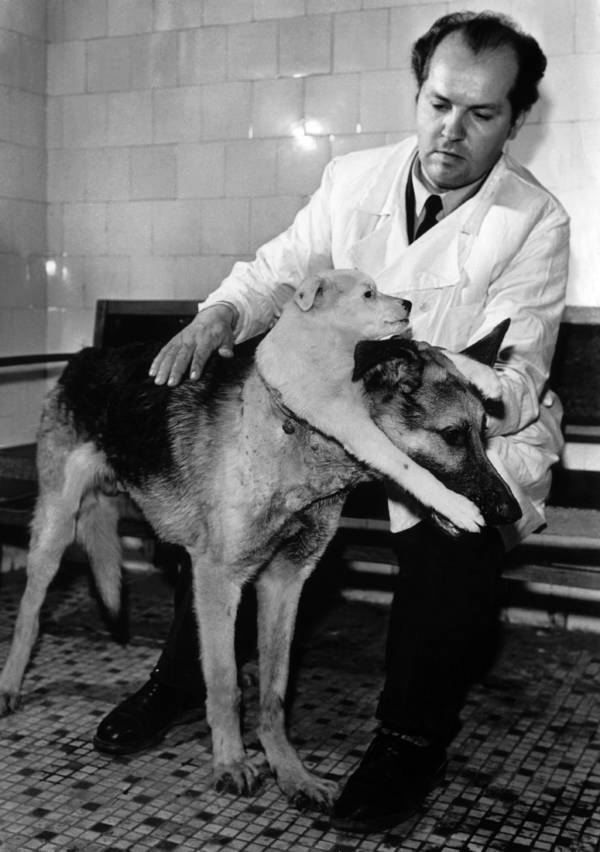Tired of being stuck at home, we planned a long weekend trip to the Tetons with John, Emily and the kids.
First stop was Craters of the Moon National Monument. We'd been there before in 2010, but this time we were looking forward to seeing the night skies, since the area is part of the Central Idaho Dark Skies Reserve.
We hiked up Inferno Cone.
The view from the top was spectacular.
O fell in love with this old tree.
We had booked a motel in Arco, about 30 minutes from the park. Arco touts itself as the first town in the US to be powered by atomic energy (in 1955!). It's small and rundown (the motel was a bit sketchy), but it does have a great road food restaurant, the Pickle Spot, where we had dinner. Good burgers, good beer list, great fried pickles (even a pickle popsicle that we were not brave enough to try).
Just after sunset, we drove back to Craters and parked, waiting for full dark. Unfortunately, the nearly full moon almost completely obliterated the night sky. We did see a satellite, a shooting star, three planets, and of course that glorious moon!
The next morning we drove to Idaho Falls to meet John and family at Grandpa's Southern BBQ for lunch. Excellent barbecue! Grandpa's is one of the few Black-owned businesses in the area, and Grandpa, who grew up in Kentucky really knows his way around a smoker.
From Idaho Falls, we made our way over the Tetons into Wyoming.
The shadows were lengthening on the hills as we pulled into Jackson. We were booked at the Wyoming Inn, a very nice hotel, while John and family had booked a campground at Colter Bay on Jackson Lake, about 45 minutes north of town.
O and I walked around Jackson, then had an excellent dinner outdoors at Cafe Genevieve. The town was crowded with end-of-season tourists, nearly all adhering to the Teton County mask mandate.
The next morning we headed to the Davidson-Nielsen encampment.
The skies were mostly cloudy and there was smoke from a nearby wildfire, but the Tetons were as grand as ever.
The trees were in full autumn colors.
Truly a beautiful place.
We all hiked along the lake for a couple miles.
We had a close encounter with a deer who seemed unimpressed by us. We actually saw a lot of wildlife on the trip: pronghorns, bison, deer, chipmunks, even a small black bear.
The magnificent fall colors were everywhere.
It was a lovely day for a family outing.
Mirabel however was not happy to learn that she couldn't watch something on her iPad at her usual 4:00 viewing time. "But it's my tradition!"
By the next morning she was feeling much happier for our mountain gondola ride.
The gondola takes you up about 3000 feet from the valley floor to 9100 feet. There are lots of hiking trails, a restaurant, and sweeping views of the Snake River valley, muted by the haze and smoke, but still spectacular.
And hang gliding! Next time we plan to do tandem glider rides.
We had an amazing time: lovely vistas, excellent food and drink, and a constant flow of great conversation and laughter.
P.



















